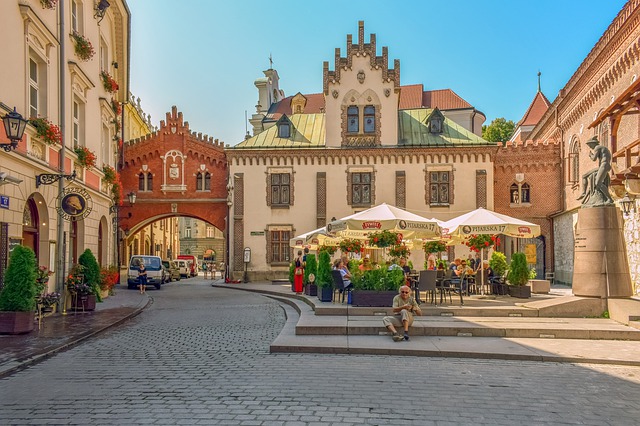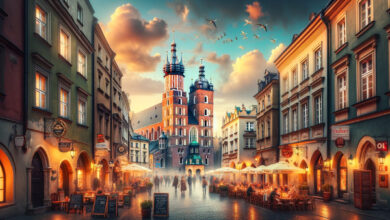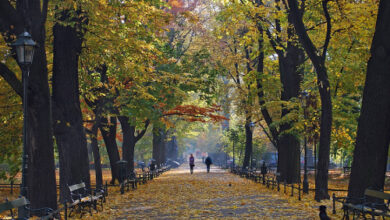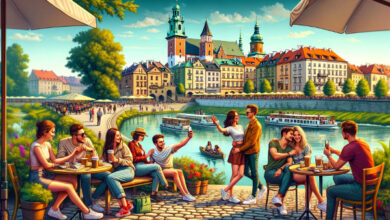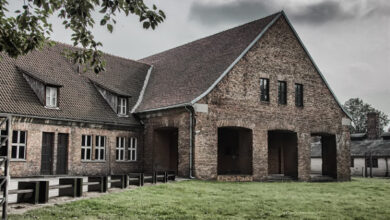Krakow is one of most important cities of Poland. In matter of history, culture, education, business and tourism.
The beginnings of Krakow Poland date back to the 7th century, which makes it one of the oldest and most important city in Poland. Its historical centre is located at Wawel hill, the seat of the castle and cathedral with the necropolis of Polish kings.
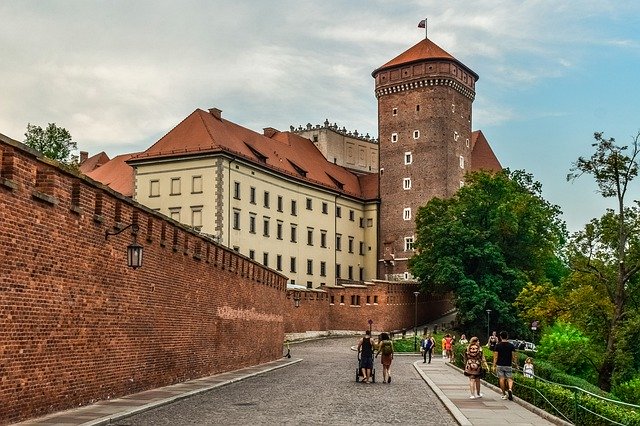
Table of Contents:
Medieval history of Krakow
History of Krakow till today is not well researched. It is not known date when Krakow was settled. But in first half of medieval period it was main city of Wislan tribe – Slavs who where ruling this part of Europe.
After 966 Poland was merged from smaller region of western Slavic tribes under price Mieszko I – who baptised Poland. Mieszko set his throne in Gniezno not in Krakow – but still Krakow was growing and became important pillar of Polish Kingdom. City was many times invaded by Czech and Tatar armies.
Casimir I the Restorer moved capital from Gniezno to Krakow around year 1038 – Krakow became most important place in Poland.
In XIII century city had school and library, and the Wawel Hill where is castle located was a centre of power. But in XIV century Casimir III the Great developed Polish economy, and thanks to this he put effort to boost trade in Krakow on better level.
Thanks to this city gain thick walls, new churches, Cloth Hall, cobbled street, and waterworks. But most important in Casimir the Great was creation of one of best European Universities – Universitas Iagellonica Cracoviensis.

Early modern history period of Krakow
XVI century bring to Krakow more development thanks to Italian influence – many architects were changing Wawel Castle, and buildings in on Main Square.
City was flourishing thanks to trade and free movement in this regions – merchants from many countries visiting city. History of Krakow always says that it was a bridge between West and East of Europe, so many rare commodities and goods were there.
Unfortunately XVII century brings to Krakow three bad situations. Sigismund III Vasa moved capital to Warszawa – making Krakow less important and thanks to this citizens became much more poor. In 1652 Krakow was flooded, many building and people suffered.
Also in years 1651–1652 Smallpox killed thousands of citizens of Krakow. City became less important and influential in region.
XVIII century bring to city more problems, like invasion of Swedish armies – many precious artefacts, art vanished. In year 1707 Black Death desolated citizens of Krakow. But still worst event for Krakow was Third Partition of Poland in 1795. When Krakow became part of Habsburg Empire.
During XIX century Krakow lost his defensive walls, and in year 1830 Krakow gain gas street lights. Thanks to Austrian goodwill Krakow had autonomy – Polish language and culture was not destroyed.
There was university where students were learning in Polish language. Also Austrians created huge project – Krakow Fortress – it was system of forts and strongholds which should prevent and protect Krakow from Russian attack. Few kilometres on north of Krakow there was Austro-Russian border.
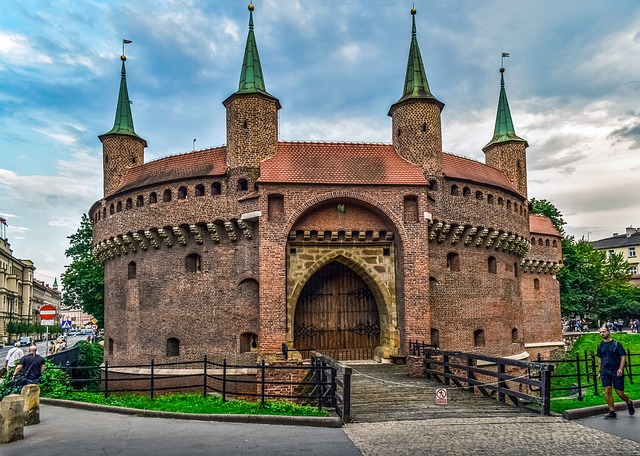
Check also:
- Auschwitz tour
- Best Museums and Galleries to Visit in Krakow
- History of Auschwitz
- Extreme Shooting Range in Krakow
- Krakow Axe Mate Club Entrance Ticket
- Krakow Electric car tour
- Krakow: Medieval History City Walking Tour
- Krakow: Old Town Guided Segway Tour
- Krakow Shows and Musicals
- The Lady with an Ermine at the Czartoryski Museum
Contemporary history of Krakow
During World War I Krakow was not destroyed but many forts took protective battle with Russians.
After WW I Krakow after 123 years became again part of Poland – in 1918 was born II Polish Republic led by Jozef Pilsudski. Krakow again was important centre of culture and economy of Poland until 1939.
When World War II began Krakow was invaded by Germans in September. Germans created General Government with Krakow as his capital – it was administrative and territorial unit created by the Third Reich to control Poles and use them as labour force in next steps of war. Krakow was liberated by allied forces on 17 January 1945.
After war Poland became in influence of Soviet union under Iron Curtain. Citizens began to clean up and rebuild the city after the war. In later years, communists began the construction of Nowa Huta – a workers city, which was later incorporated into Kraków.
Nowa Huta was built for employees and construction workers of still mill named after Vladimir Lenin, which was built in 1954. In that year it was the largest industrial plant in Krakow and one of the largest steel mills in Poland.
